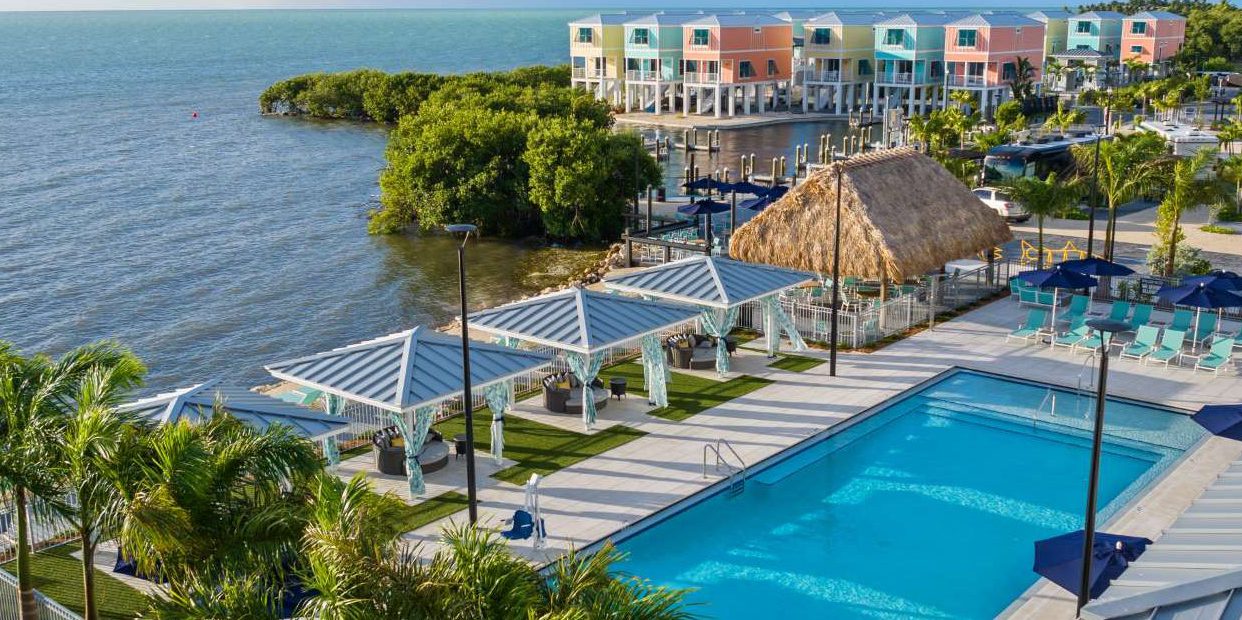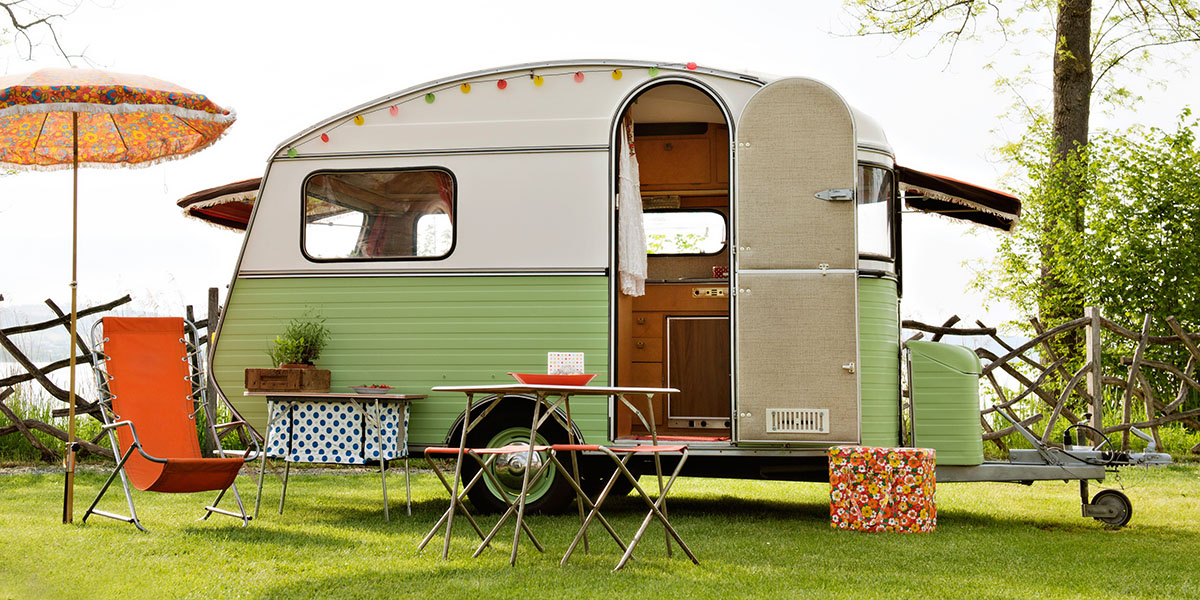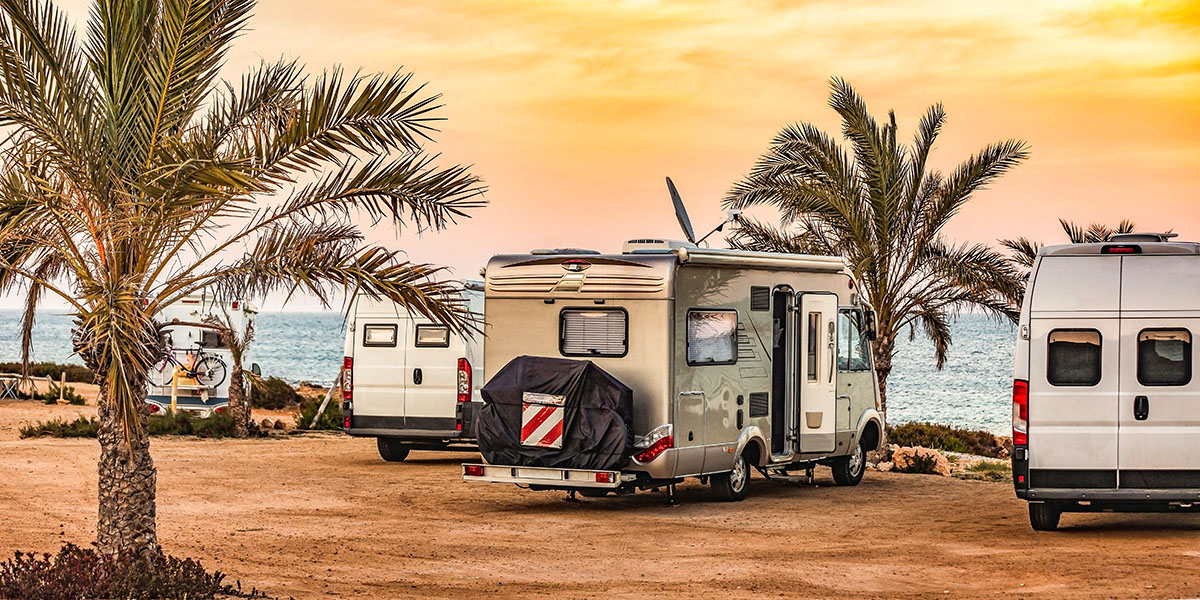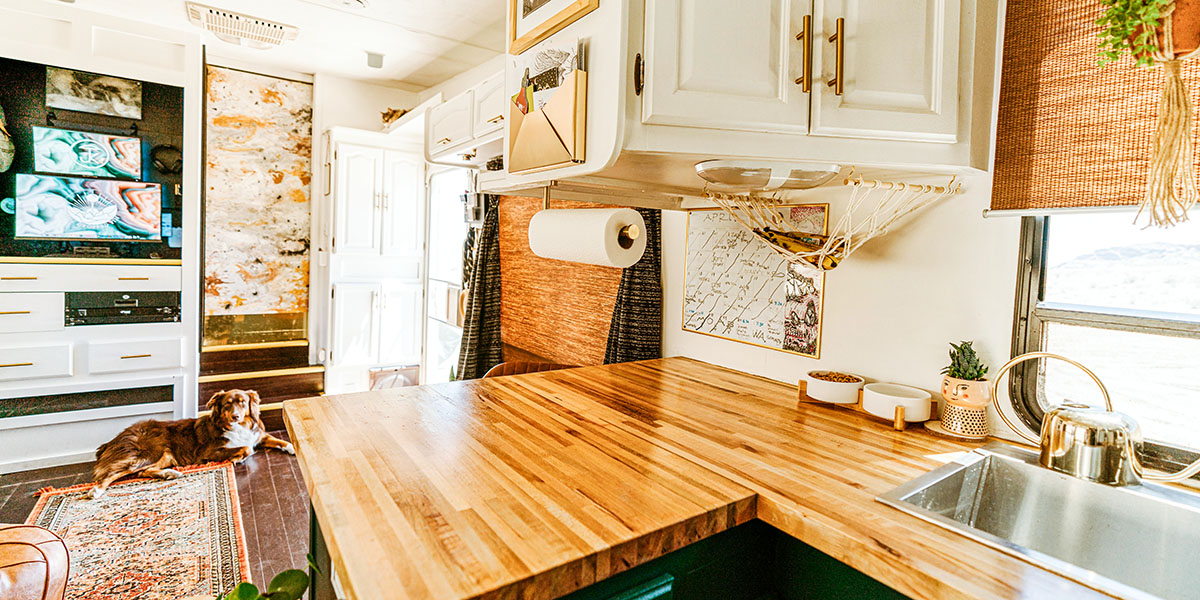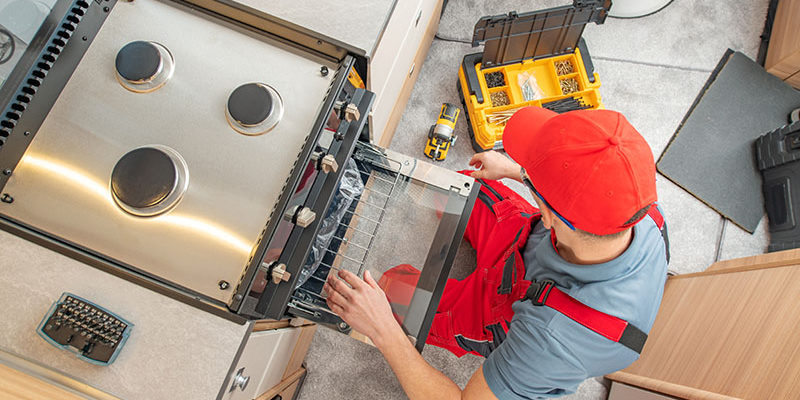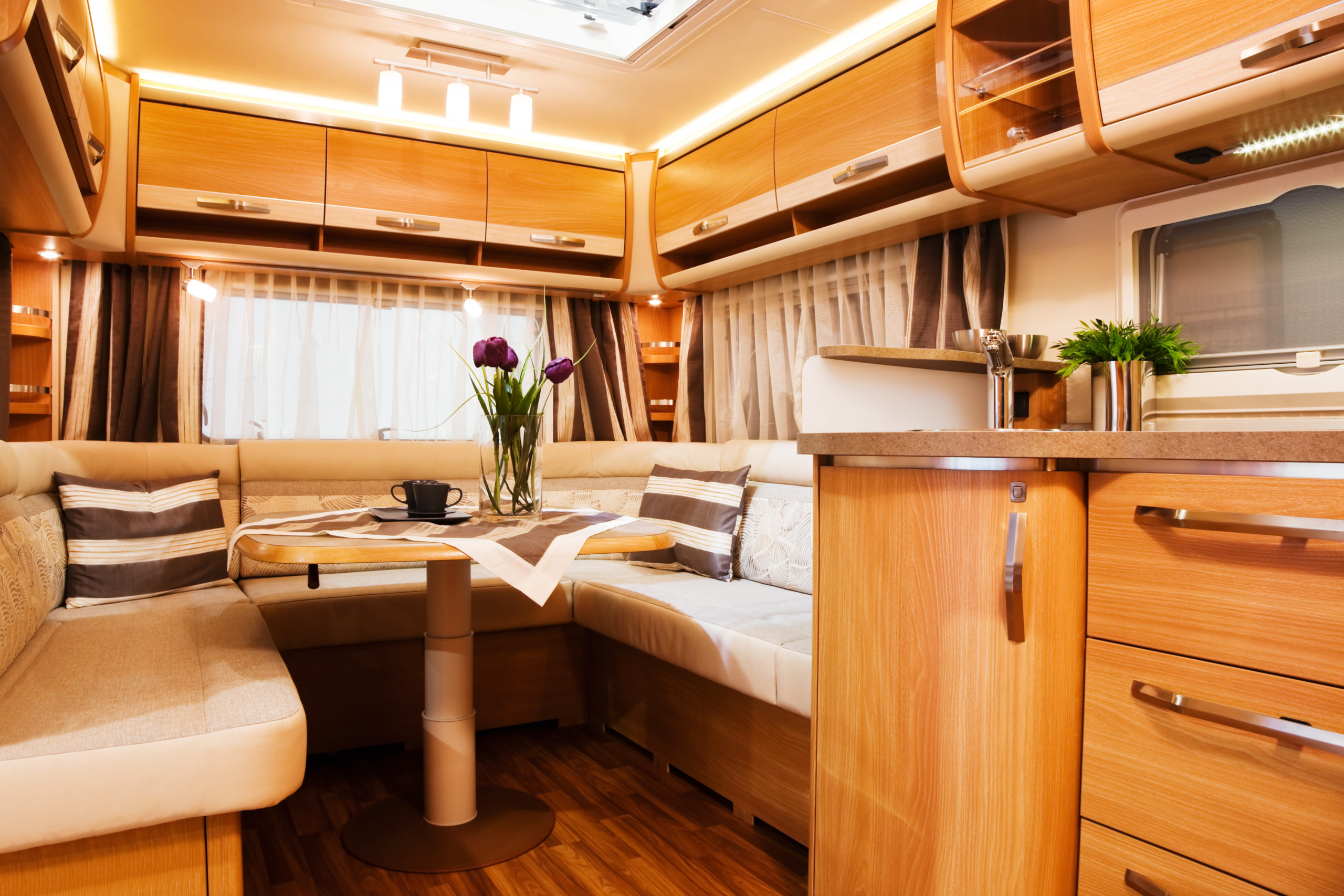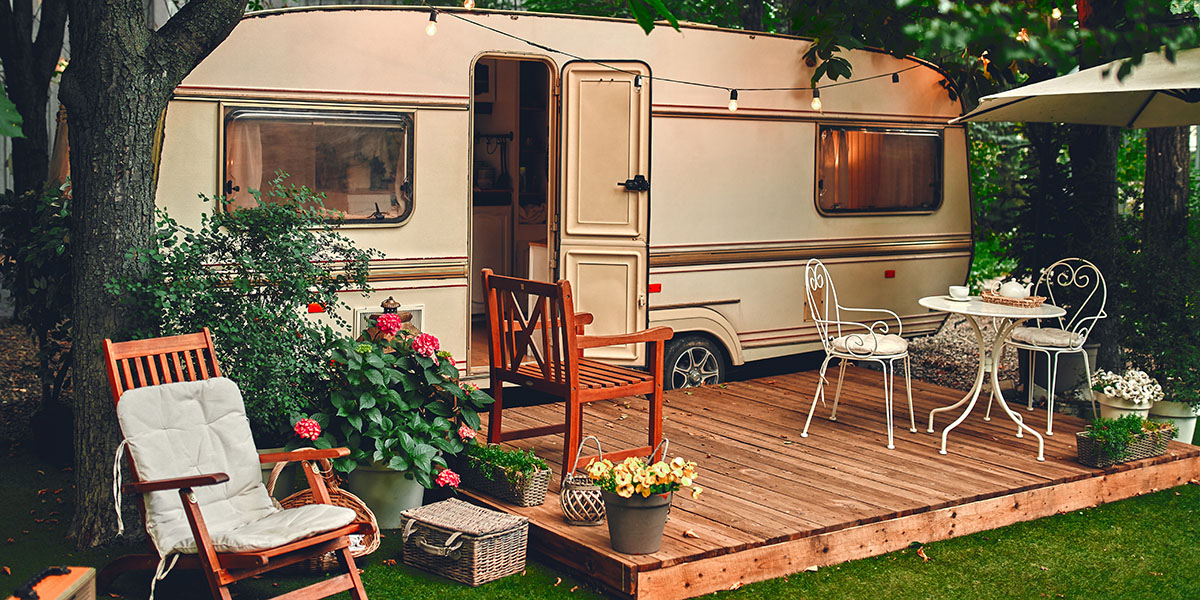Dreaming of a winter escape where snow is replaced by sand and chilly mornings give way to ocean breezes? That sounds like a wise decision, my fellow snowbird. So, take some sage advice for your RV migration: Look no further than Sun Outdoors Islamorada, a tropical paradise in the heart of the Florida Keys. Offering world-class amenities, breathtaking views, and endless activities, this RV resort is the perfect destination for those seeking a warm getaway.
Here’s everything you need to know about making your winter retreat unforgettable at Sun Outdoors Islamorada.
Why Stay at Sun Outdoors Islamorada
Sun Outdoors Islamorada isn’t just a campground — it’s an RV resort. Situated along the turquoise waters of the Atlantic Ocean, this resort caters to every traveler. That’s whether you’re looking for adventure. Or relaxation. Or, as I suspect, a bit of both. The Florida Keys are renowned for their natural beauty, lively culture, and laid-back atmosphere. And all of that makes Islamorada a top-tier RV winter destination.
The resort’s 82 RV sites offer options for everyone, from standard sites to deluxe plus spots equipped with a grill and refrigerator. For those RVers who want to share the winter with family and friends that don’t have their own home on wheels, Sun Outdoors Islamorada has gorgeous vacation homes with ocean views. Heads up though: Due to local ordinances, those luxurious vacation rentals do come with a minimum stay of 28 days. But they do rent, especially in the winter, because demand is extremely high.
That being said, the resort is only the beginning. While the amenities are enough to keep you entertained, the surrounding area offers incredible opportunities for fishing, snorkeling, and exploring the unique charm of the Keys.
Highlights at Sun Outdoors Islamorada
RV Sites with Full Hookups
What You’ll Love. Each of the 82 RV sites is designed with comfort and convenience in mind. From pull-through sites for larger rigs to deluxe plus sites with added perks like grills and refrigerators, there’s something for every type of camper.
Best Views: The coveted water-view sites overlooking the Atlantic Ocean are the crown jewels of the resort, offering unparalleled sunrise and sunset vistas.
Amenities for Relaxation and Fun
- Pool and Cabanas. Cool off in the resort’s pool or rent a cabana for a private day of lounging.
- Oceanfront Lounge. The welcome center features an ocean-view lounge where you can shoot pool and whip up a meal in the shared kitchen.
- Fitness Center. Stay active during your getaway with a well-equipped fitness center.
Outdoor Activities Galore
- Kayaks and Paddleboards. Explore the crystal-clear waters of the Keys with kayaks and paddleboards available on-site.
- Beach and Game Lawn. Relax on the sandy beach or challenge friends to a game of corn hole or life-size Jenga at the game lawn.
- Weekly Music at the Tiki Hut. Enjoy live music under the iconic Tiki Hut for the perfect tropical evening.
Exploring Islamorada and Beyond
While the resort offers plenty to do, the surrounding area is packed with attractions that make Islamorada a gem in the Florida Keys.
- Robbie’s of Islamorada. Feed massive tarpon, browse local artisan shops, or enjoy waterfront dining at this quintessential Keys spot. Robbie’s also offers snorkeling and fishing tours, perfect for exploring the vibrant underwater world of the Keys.
- Theater of the Sea. For animal lovers, this marine park is a must-visit. Swim with dolphins, watch sea lion shows, or learn about local marine life through interactive exhibits.
- Islamorada Brewery and Distillery. Sample craft beers and locally distilled spirits at this laid-back venue, a favorite among visitors and locals alike.
- Day Trips to Key West or Everglades National Park. Venture an hour north to the Ernest F. Coe Visitor Center at Everglades National Park for wildlife spotting and hiking. Alternatively, head two hours south to Key West to explore its eclectic art scene, historic sites, and lively nightlife.
- The Turtle Hospital. For a heartwarming and educational experience, visit the Turtle Hospital in nearby Marathon, just under an hour from Islamorada. This renowned facility is dedicated to rescuing, rehabilitating, and releasing sea turtles back into the wild. Guided tours offer a behind-the-scenes look at their incredible work, including visits to the rehabilitation tanks where you can see the turtles up close. It’s a fantastic outing for all ages and a wonderful way to support marine conservation efforts while learning about these incredible creatures.
*I’ll include a link highlighting some of our adventures below, including a couple on this list, for you to see just how amazing this trip can be.
Tips to Book and Navigate Sun Outdoors Islamorada
- Reserve Early. Winter is peak season in the Florida Keys, so book your site well in advance to secure your preferred spot, especially if you want a water-view site.
- Stay Hydrated and Cool. The Keys are warm year-round. Pack sunscreen, reusable water bottles, and lightweight clothing to stay comfortable.
- Plan Activities. Popular excursions, like snorkeling and fishing tours, can fill up quickly during the winter. Booking ahead ensures you won’t miss out.
Getting There
Reaching Sun Outdoors Islamorada is a scenic adventure in itself. Nestled in the heart of the Florida Keys, the resort is accessible via the famous Overseas Highway (U.S. 1) — a breathtaking drive that stretches over 100 miles of islands, bridges, and aquamarine waters.
Arriving at Sun Outdoors Islamorada, you’ll see that the resort is conveniently located directly off U.S. 1, making it easy to spot. As you near, keep an eye out for the resort’s signage and slow down to make the turn into the entrance safely. Upon arrival, the check-in process is smooth, with ample space to maneuver your RV while registering. If you’re arriving after dark, ensure your headlights are in good working order, as some sections of the highway and the resort’s entrance may be dimly lit.
Embrace Winter Bliss in Islamorada
Sun Outdoors Islamorada is the perfect place to enjoy a slice of paradise. With its incredible amenities, unbeatable location, and endless activities, it’s the ultimate winter destination for RV travelers. Whether you’re soaking up the sun at the pool, kayaking through pristine waters, or exploring local attractions like Robbie’s or Theater of the Sea, this resort offers something for everyone.
So, pack your sunscreen, fire up the RV, and get ready to trade snow for sand. Winter never looked so good! (And, if you want of a preview of what that could be like, check out our adventures in the Florida Keys!!!
